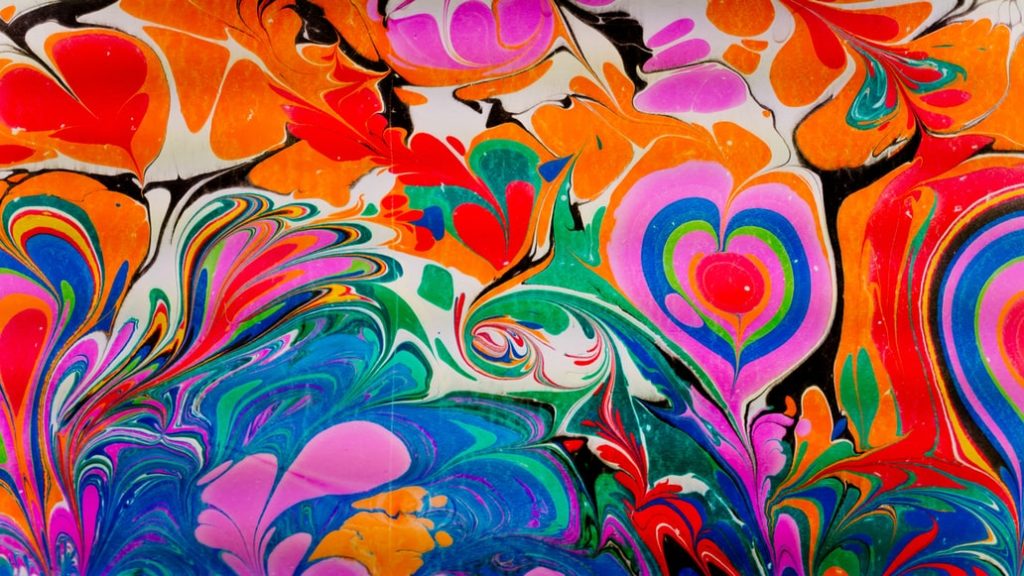
Once upon a time in the days of 1950s-defining hippie hysteria, conservations of psychedelics were colored with varying shades of stigma. Today, scientists and mental health professionals sing a different tune, urging former critiques to microdose new perceptions of this potentially therapeutic drug. In this blog, you will know 7 Widely-Circulated Myths About Psychedelics.
From LSD to DMT, medical researchers have begun to explore the ins and outs of psychedelics’ healing properties, putting claims that magic mushrooms and acid can serve as an alternative treatment for OCD, PTSD, depression, and alcoholism to the ultimate test. With back-and-forth exchanges of he-said-she-said ensuing between psychedelic proponents and skeptics, the growing science of psychedelics remains our only hope in settling the dispute.
Though, panting hungrily at the feet of mainstream media will do little to satiate cravings for answers. Instead, skeptics and hopefuls alike should slurp up the information available and dodge circulating misconceptions at all costs.
If you possess a beginner’s understanding of hallucination-inducing , recognize that psychedelics are defined as a class of hallucinogenic drugs, widely known for their mind-altering effects and their ability to guide users into an altered state of consciousness. Typically, psychedelics are used recreationally in hopes of reaching enlightenment. However, in many other cases, hallucinogenic drugs appear in spiritual rituals and even treatment plans.
While psychedelic research has resurged, rumors spread at virus-like speeds, while good-intentioned misconceptions stand uncorrected. For those ready to sort out the misinformation invading skeptic and supporter circles alike, take a deep dive into the following seven myths about psychedelics.
Psychedelics and deliriants are the same
Often, the terms psychedelics and deliriants are used interchangeably when, in fact, a few key differences exist.
Deliriant-class drugs cause intense hallucinations and delirium to a much stronger degree than psychedelics. Deliriants are plant-based but cause long-lasting and potentially frightening effects that can linger for days. Purer forms of deliriant plants are often toxic and fatal if ingested.
Psychedelics cause hallucinations and sometimes alter how the brain operates on a short to long-term basis. On the other hand, deliriant drugs are much more potent and far more dangerous if taken carelessly.
That they are “all-natural”
While particular psychedelics are natural and occur out in the wild, i.e., magic mushrooms, the bulk of psychedelic drugs like LSD and ecstasy are manufactured. While the origins can be natural, the intensity of these hallucinogenic drugs is often heightened via human intervention.
In this process, the potency of the drug is intensified and extended past the natural duration. As a result, individuals can experience exceptionally long trips and potentially unpleasant side effects. Often, the origin of the added drugs isn’t known and puts you more at risk.
Despite the risks involved, mushrooms are widely used and often microdose to produce minor effects. Many indigenous cultures in South America incorporate hallucinogenic plants and mushrooms in their religious rituals and have done so for thousands of years. In hopes of sidestepping these potentially unpleasant side effects, some individuals opt for gentler alternatives like CBD oil.
Psychedelics will put holes in your brain
This rumor on the street might catch psychedelic proponents off guard, especially with researchers boasting their healing effects. However, because many anti-drug campaigns preached the brain-damaging effects of psychedelics, we can expect these scare tactics to enjoy a generous lifespan.
Although, it’s important to note that researchers have linked changes in the brain to psychedelic use. However, these effects vary, and the true extent isn’t entirely understood. Though the research is limited, it’s safe to say that these hallucinogenic drugs won’t burn holes into your brain, unlike the myth suggests.
Scientists fully understand psychedelics
You might expect that scientists fully understand what we regularly put into our bodies. Though despite our hopeful dispositions, extensive research on psychedelics screeched to a halt in 1966 when the American government outlawed them, putting all in-progress research to an abrupt stop.
In recent years, however, there has been an increase in new studies on psychedelics. Although, it is still too soon to cement our understanding of the long-lasting effects on the human brain. It is worth noting that researchers have gradually begun to stand in solidarity with the idea that psychedelics might not be as dangerous as they were initially said to be.
All trips are created equal
If you try one psychedelic, you’ve tried them all—an incorrect and potentially dangerous assertion. Each type of psychedelic has different effects on every person and the duration and strength of the trip.
Mushrooms tend to feature the shortest trip, ranging from 3-7 hours. LSD users should brace themselves for trips lasting up to 14 hours, which can subject your mind and body to extreme levels of stress on your mind and body, making it dangerous to operate daily tasks.
Ultimately, the amount taken will dictate how intense and lengthy the trip is.
Psychedelics work on your brain like other illegal drugs
Since psychedelics are illegal, many outsiders piece together tattered misconceptions, using this makeshift mental bridge to jump to the wrong conclusions. It turns out that psychedelics have a fundamentally different approach to your brain than other illicit drugs like cocaine or meth.
By looking at people’s brains of those under the influence of psychedelics, scientists have taken note of genuine shifts in how the prefrontal cortex operates. Though there are detectable changes taking place, the implications aren’t always negative.
With a movement of psychedelic research charging full speed ahead, it’s only a matter of time before controlled psychedelics take on new life as a solution to lingering mental health issues. No official study has proved that this is a safe or effective method, so any personal attempt at using psychedelics to treat mental illness is risky and could make it worse instead. With these risks in mind, it’s best to take a professional’s medical advice to heart and avoid self-diagnosing and self-medicating.
They’re a fun party drug
The bright colors and names like “ecstasy” make psychedelics out to be a lively and thrilling drug to try at parties. As a recreational drug that enhances the party experience during an alcohol-infused night out, inhibitions are typically low upon administration.
Psychedelics tend to bring up some hallucinations, anxiety, paranoia, and sometimes panic attacks. Indulging in psychedelics in a chaotic environment can lead to a less than ideal trip. Quite often, people state that their outlook on life changes after an intense trip. In other cases, psychedelics have a lasting impact that can send users spiraling into bottomless anxiety.
Conclusion
While psychedelic culture has gained a quirky and lighthearted reputation, many people have suffered at the hands of these hallucinogenic drugs. Therefore, it’s essential to stay aware and educated on what you put in your body and always think twice. All psychedelics should be handled carefully and under the advice of a medical professional.








